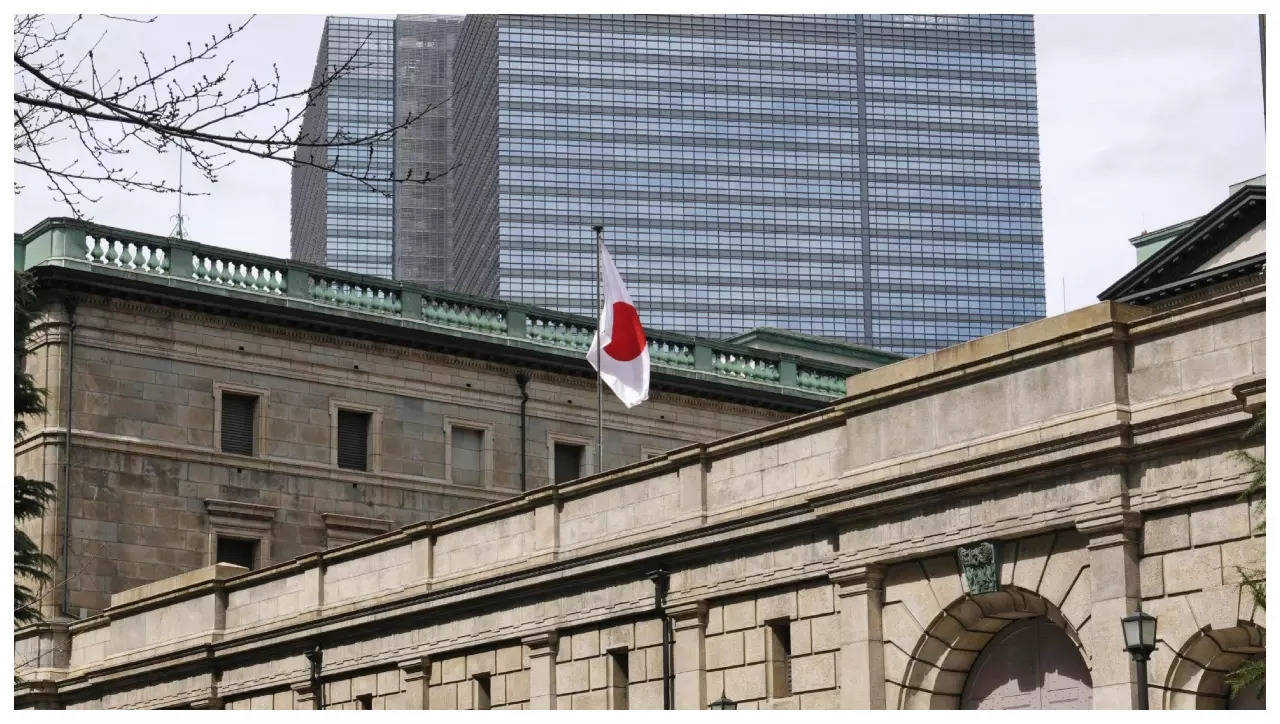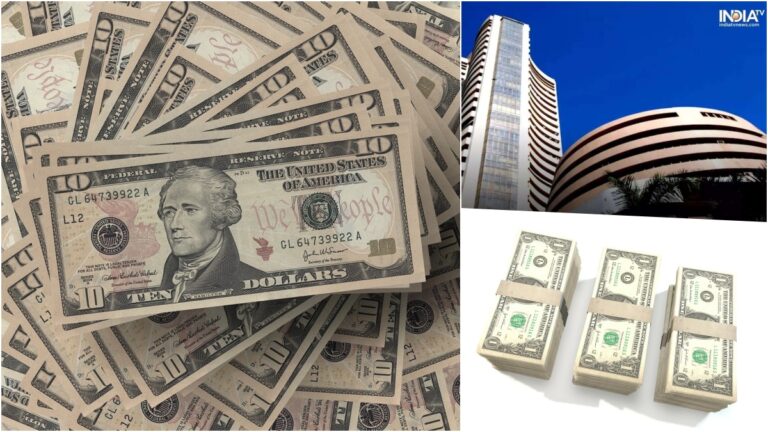[ad_1]
TOKYO: The Financial institution of Japan ended eight years of unfavorable rates of interest and different remnants of its unorthodox coverage on Tuesday, making a historic shift away from a spotlight of reflating progress with a long time of large financial stimulus.
Whereas the transfer will probably be Japan’s first rate of interest hike in 17 years, it nonetheless retains charges caught round zero as a fragile financial restoration forces the central financial institution to go sluggish in any additional rise in borrowing prices, analysts say.
The shift makes Japan the final central financial institution to exit unfavorable charges and ends an period by which policymakers around the globe sought to prop up progress by low-cost cash and unconventional financial instruments.
In a extensively anticipated determination, the BOJ ditched a coverage put in place since 2016 that utilized a 0.1% cost on some extra reserves monetary establishments parked with the central financial institution.
The BOJ set the in a single day name price as its new coverage price and determined to information it in a spread of 0-0.1% partly by paying 0.1% curiosity to deposits on the central financial institution.
“This may be the primary price hike in 17 years, so it has quite a lot of symbolic significance,” Izumi Devalier, head of Japan economics at BofA Securities, mentioned previous to the BOJ’s coverage determination.
“However the precise affect on the financial system may be very small,” she mentioned, noting the BOJ will probably keep its resolve to maintain financial situations free. “We might not count on a considerable rise in funding prices or households mortgage charges.”
With inflation having exceeded the BOJ’s 2% goal for effectively over a yr, many market gamers had projected an finish to unfavorable rates of interest both in March or April.
Markets are actually specializing in governor Kazuo Ueda’s post-meeting information convention for clues on the tempo of additional price hikes.
The stakes are excessive. A spike in bond yields would increase the price of funding Japan’s big public debt which, at twice the scale of its financial system, is the biggest amongst superior economies.
An finish to the world’s final remaining supplier of low-cost funds may additionally jolt international monetary markets as Japanese buyers, who amassed abroad investments searching for yields, shift a refund to their house nation.
Below earlier governor Haruhiko Kuroda, the BOJ deployed an enormous asset-buying program in 2013, initially aimed toward firing up inflation to a 2% goal inside roughly two years.
The central financial institution launched unfavorable charges and yield curve management (YCC) in 2016 as tepid inflation pressured it to tweak its stimulus program to a extra sustainable one.
Because the yen’s sharp falls pushed up the price of imports and heightened public criticism over the demerits of Japan’s ultra-low rates of interest, nonetheless, the BOJ final yr tweaked YCC to calm down its grip on long-term charges.
Whereas the transfer will probably be Japan’s first rate of interest hike in 17 years, it nonetheless retains charges caught round zero as a fragile financial restoration forces the central financial institution to go sluggish in any additional rise in borrowing prices, analysts say.
The shift makes Japan the final central financial institution to exit unfavorable charges and ends an period by which policymakers around the globe sought to prop up progress by low-cost cash and unconventional financial instruments.
In a extensively anticipated determination, the BOJ ditched a coverage put in place since 2016 that utilized a 0.1% cost on some extra reserves monetary establishments parked with the central financial institution.
The BOJ set the in a single day name price as its new coverage price and determined to information it in a spread of 0-0.1% partly by paying 0.1% curiosity to deposits on the central financial institution.
“This may be the primary price hike in 17 years, so it has quite a lot of symbolic significance,” Izumi Devalier, head of Japan economics at BofA Securities, mentioned previous to the BOJ’s coverage determination.
“However the precise affect on the financial system may be very small,” she mentioned, noting the BOJ will probably keep its resolve to maintain financial situations free. “We might not count on a considerable rise in funding prices or households mortgage charges.”
With inflation having exceeded the BOJ’s 2% goal for effectively over a yr, many market gamers had projected an finish to unfavorable rates of interest both in March or April.
Markets are actually specializing in governor Kazuo Ueda’s post-meeting information convention for clues on the tempo of additional price hikes.
The stakes are excessive. A spike in bond yields would increase the price of funding Japan’s big public debt which, at twice the scale of its financial system, is the biggest amongst superior economies.
An finish to the world’s final remaining supplier of low-cost funds may additionally jolt international monetary markets as Japanese buyers, who amassed abroad investments searching for yields, shift a refund to their house nation.
Below earlier governor Haruhiko Kuroda, the BOJ deployed an enormous asset-buying program in 2013, initially aimed toward firing up inflation to a 2% goal inside roughly two years.
The central financial institution launched unfavorable charges and yield curve management (YCC) in 2016 as tepid inflation pressured it to tweak its stimulus program to a extra sustainable one.
Because the yen’s sharp falls pushed up the price of imports and heightened public criticism over the demerits of Japan’s ultra-low rates of interest, nonetheless, the BOJ final yr tweaked YCC to calm down its grip on long-term charges.
[ad_2]
2024-03-19 04:15:21
[





















+ There are no comments
Add yours